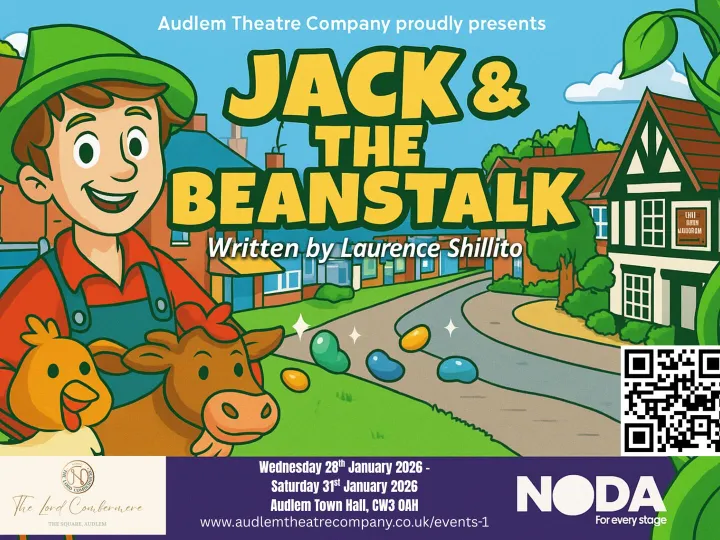When is a Dandelion not a Dandelion ?



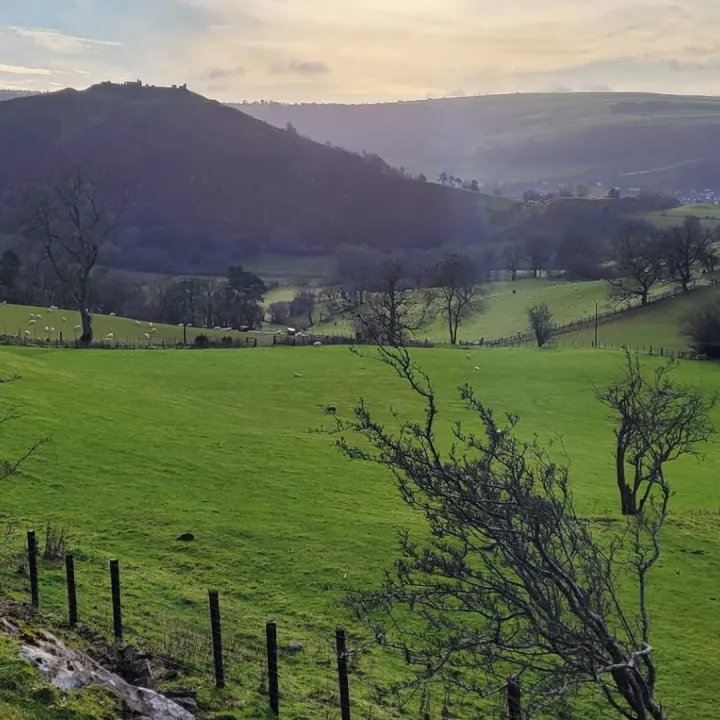

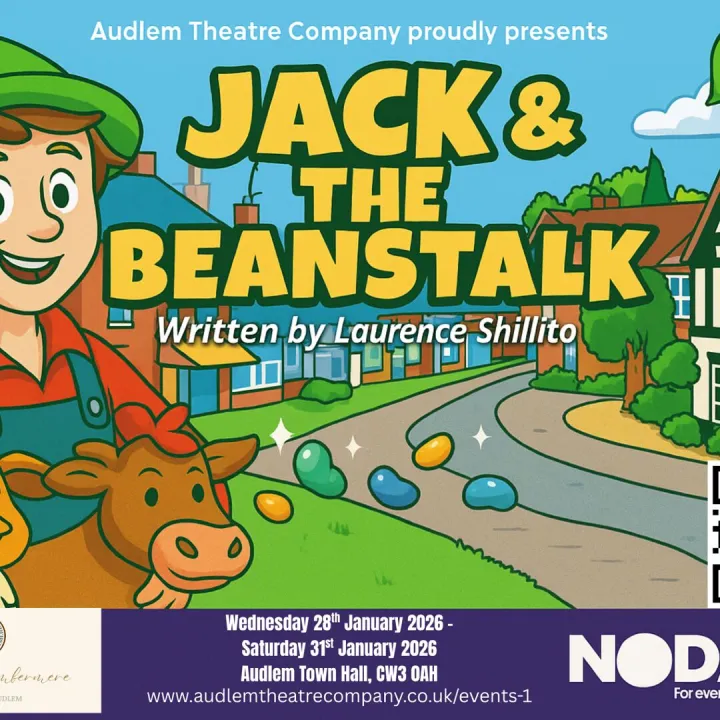
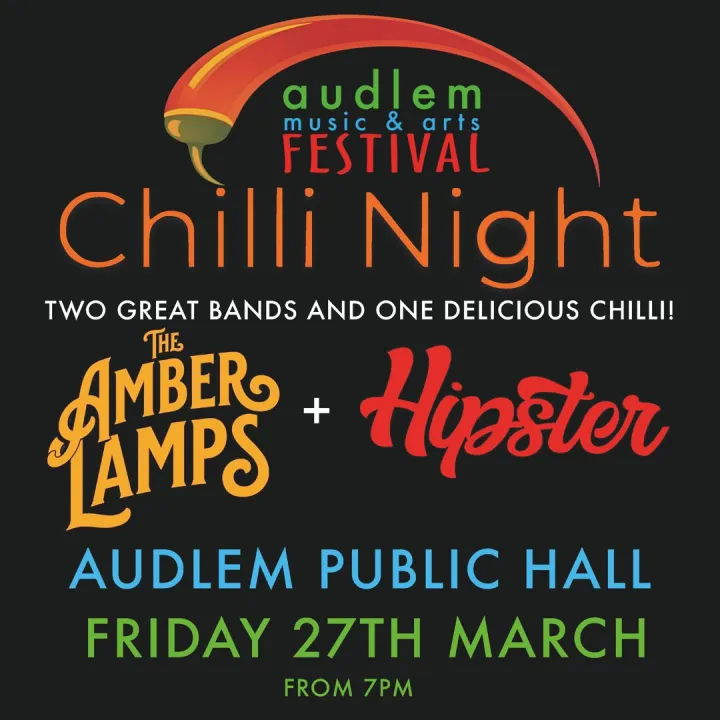
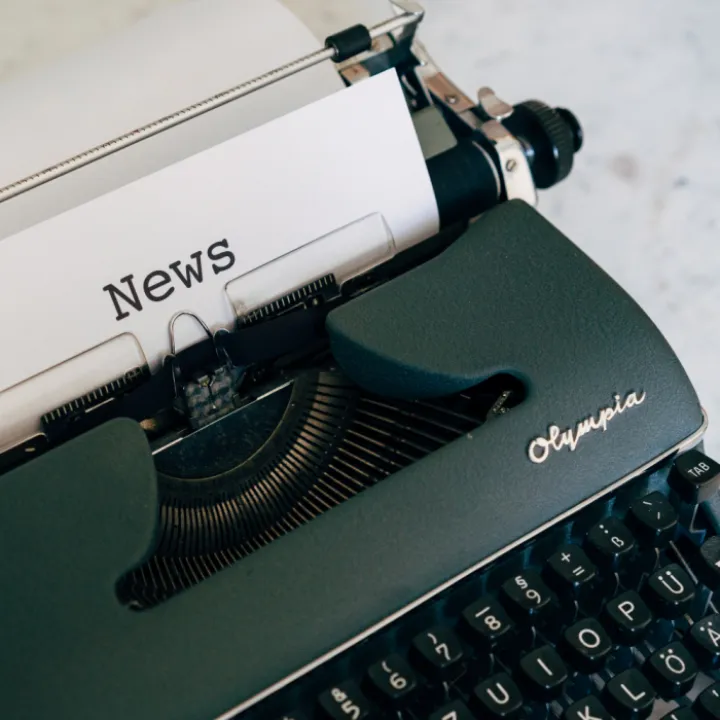
When is a Dandelion not a Dandelion? by Adrian Leighton
It is said that a weed is a plant in the wrong place, and this is no more true than of the common Dandelion. I am a strong member (possibly only member) of the DDL (the Dandelion Defence League). It needs my support, for tap in "dandelion" on your web browser and the majority of sites which come up are about how to get rid of it. Let me therefore explain how the Dandelion is a greatly misunderstood plant.
First, as one of the first wild plants to flower in the Spring, dandelions provide a vital early source of food for insects like bees. In some Springs it is the only food to keep them going. Without the dandelion we would lose a large number of our pollinators, vital for both humans and the whole ecosystem. You might say Dandelions prop up the whole of the world as we know it!
If that wasn't enough to garner your support, let spell out the direct benefits to humankind.
Dandelions are good to eat, containing 4X more Calcium, 1.5X more Vitamin A and 7X more Vitamin K than the superfood Broccoli. It is therefore a super-superfood but advisable not to eat too much.
The root can be used to make a medicinal tea for treating digestive issues, gallstones, inflammation, muscle aches, and bloating. ... The roots can also be dried and ground for a coffee replacement. Use fresh or dried petals as a garnish in salads and desserts. For a savoury dish, and try dipping the flowers in tempura batter and frying them.
Then there are the positive effects of dandelions on our mental health. It has been shown that the colour yellow has a very positive effect on how we feel. It is the "happy" colour that makes us smile. But be warned only when outside, where it creates a sense of sunshine and warmth. (Too much inside can be overpowering and make feel us frustrated and babies even cry more in yellow rooms). The dandelion flowering at a time when the environment is still mostly brown gives this boost to us. It does this by releasing in our brains those chemicals that make us feel happy. (The same effect occurs as with daffodils which we plant to do this). With Dandelions nature does this automatically.
So can I sign you up for the DDL?
But now I ask again "when is a dandelion not a dandelion?", and the answer is when it is a dandelion look-alike. More specifically a dandelion cousin in the family "Asteraceae". There are, you see, a number of plants that might be mistaken for dandelions especially now that the early flourish has finished. These plants like dandelions contain similar benefits. Although I wouldn't want to try them without expert advice, they are said to help a number of bodily conditions.
Quite common just now is Catsear, on tall stems with squarish petals. Good for kidney problems, rheumatism and gall bladder problems. The root contains natural cortisone used to treat allergies, rashes and itchy skin. In Greece and Japan, Catsear is grown as a garden green, good in salad.
The next is Hawkweed, very like Dandelions but with notched pale yellow petals. It has been used to alleviate head and chest congestion. It is considered a pest by gardeners but plays an important role in the environment and is a source of food for a number of insects and animals from moths to rabbits.
Then there is Hawkbit with shaggy mop-head and hairy stem. It particularly helps with problems of jaundice and dropsy. The ancient Greeks termed it Apargia meaning "From Idleness", the implication being that where these plants are allowed to abound, the farmer has his own idleness to thank!
Another hawkish type is Hawksbeard having a very unkempt dandelion-like head.
Oxtongue flowering in late summer, its flower-head has many hairs like miniature grappling-hooks feeling as rough as an ox's tongue. The young leaves only can be used in salads and have a pleasant taste.
Nipplewort gets its name from the shape of its flower bud. This smaller delicately shaped plant on a tall stem has calming and antiseptic medicinal effects.
Sowthistle, whose name comes from its attractiveness to pigs but it is also much fancied by hares and rabbits. It has a thistlely look to it with smallish dandelion-like yellow flowers. The small floaty seed-heads are a favourite with small birds like Goldfinches. It contains numeral trace elements as well as a hat full of vitamins and the leaves have been greatly used as an antioxidant.
Finally I can't finish without mentioning Fox-and-Cubs (Orange Hawkweed).(See photo) These plants with small orange-red-yellow dandelion-like flowers just make you want to smile. I just love them and am pleased to see them growing on our wild flower bank outside our house. They are also used to promote digestion, expel wind and neutralise acidity in the stomach!
So here's a cheer for the Dandelion and its friends and relations.
Get In Touch
AudlemOnline is powered by our active community.
Please send us your news and views using the button below:
Email: editor@audlem.org


